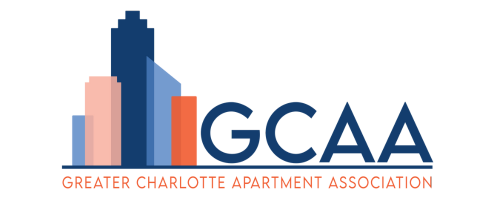Regulation and Rents: The September Edition
Did You Know?
Did you know that certain housing regulations, while well-intentioned, are linked to rent increases of up to 9%?
A new national study by MetroSight economists Daniel Shoag, Ph.D., and Issi Romem, Ph.D., finds that laws covering evictions, resident screening, and source-of-income protections can unintentionally drive-up costs, especially for lower-income renters and residents in small multifamily buildings.
When Protections Raise Prices - The Hidden Cost of Regulation
A new national study, Regulation and Rents, provides one of the clearest pictures yet of how rental housing rules affect affordability.
Researchers found that:
- Eviction restrictions are associated with rent increases of 6% or more.
- Source-of-income laws add about 5% to average rents.
- Resident screening laws increase rents by 1–3%.
- Together, these laws can raise average annual rent levels by $1,400–$1,800 per unit.
The effect isn’t evenly felt. Lower-income households and those living in two- to four-unit buildings bear the highest increases. In other words, the very renters these laws aim to help are often the most impacted by rising costs.
This doesn’t mean renter protections are unnecessary. They play a critical role in fairness and stability. But it does highlight a policy trade-off: every new layer of regulation adds costs that can ultimately show up in residents’ monthly rent.
👉 To view the full report, click here
Smarter Policy, Better Outcomes - Finding the Balance
For Charlotte and communities across the country, the key question is balance. How can local leaders protect renters from unfair treatment without making housing less affordable overall?
The study suggests that not all regulations raise rents. For example, state preemption laws that create consistent rules across jurisdictions showed no measurable impact on rents.
Predictability and uniformity can help lower compliance costs while encouraging new development.
At GCAA, we believe the path forward is about targeted, balanced policy that:
- Safeguards renters from genuine harm.
- Avoids unnecessary compliance costs that discourage housing providers.
- Expands supply tools like gap funding, tax incentives, and streamlined approvals to counteract rising costs.
Charlotte’s housing affordability challenge is already severe. Policymakers must weigh both the protections renters need and the unintended effects those same rules may cause.
Let’s Work Together on Housing Solutions
At the Greater Charlotte Apartment Association, our goal is to provide lawmakers and community leaders with clear, research-based insights. The Regulation and Rents study reminds us that good intentions aren’t always enough - we need smart, balanced solutions that expand affordability rather than limit it.
If you’d like to learn more, we can connect you directly with developers, operators, and housing experts who can speak about the impact of regulation on the ground.
📧 keith@greatercaa.org
📞 980-378-6410
Together, let’s ensure Charlotte’s housing market works for everyone.
Sources:
- Shoag, D. & Romem, I. (2025). Regulation and Rents. MetroSight.
- U.S. Census Bureau – American Community Survey (2005–2023).
- CoStar Group – National rent data (2000–2024).
